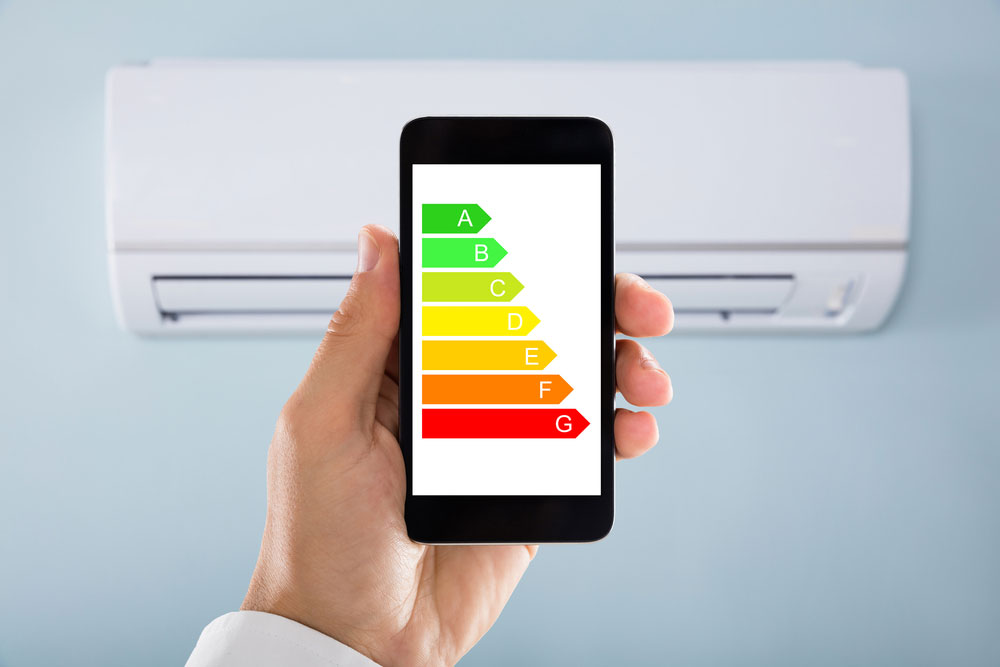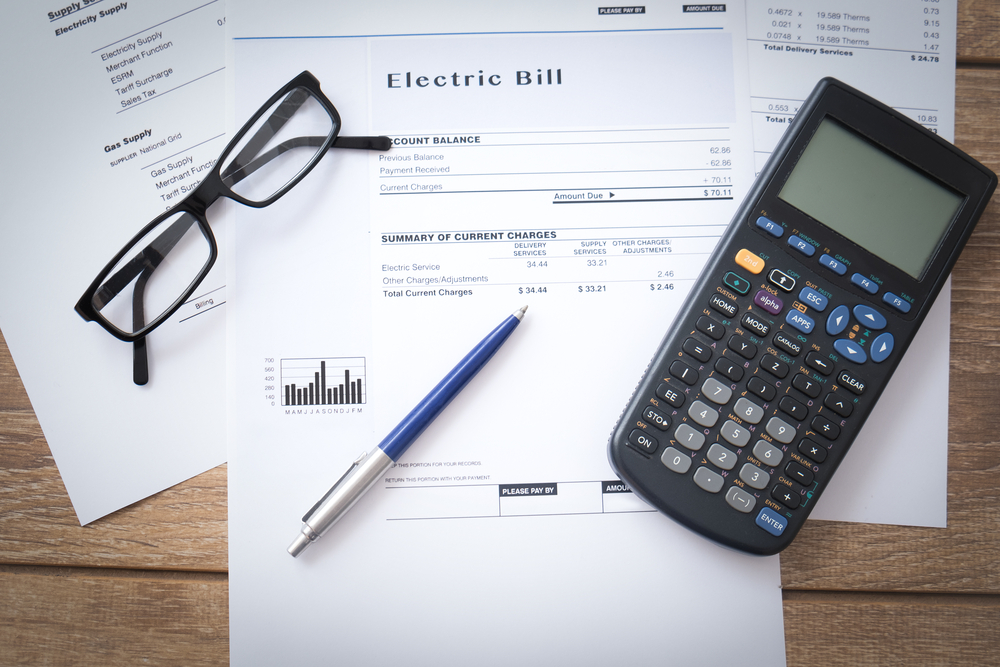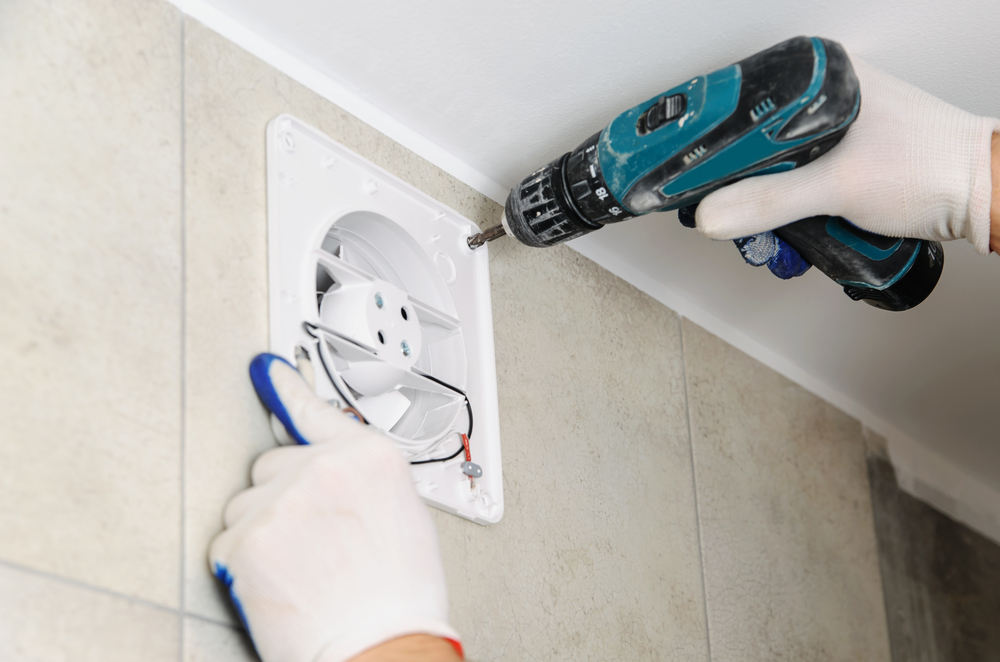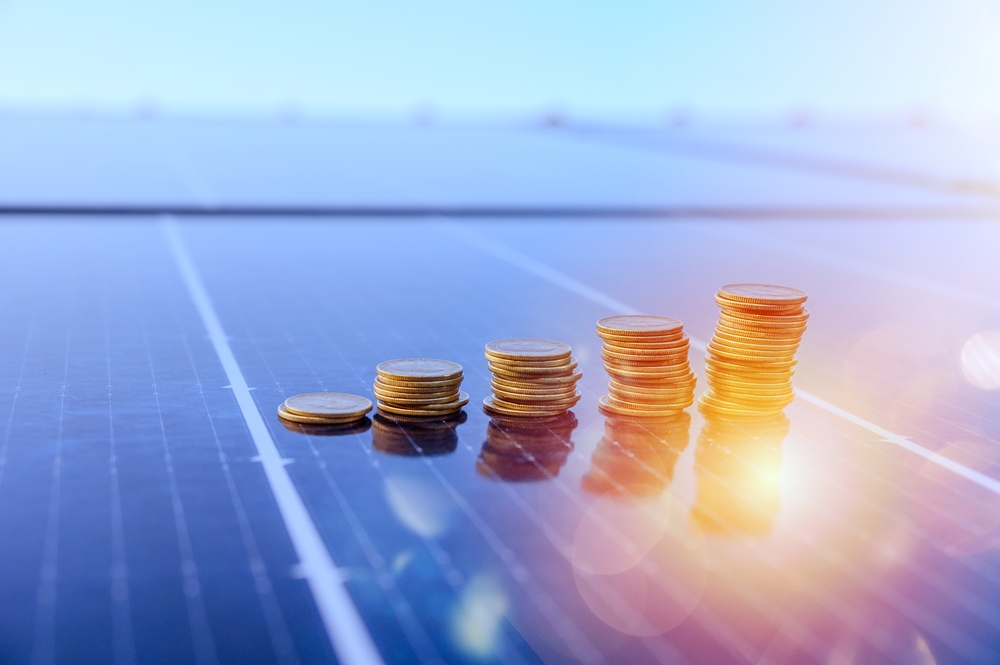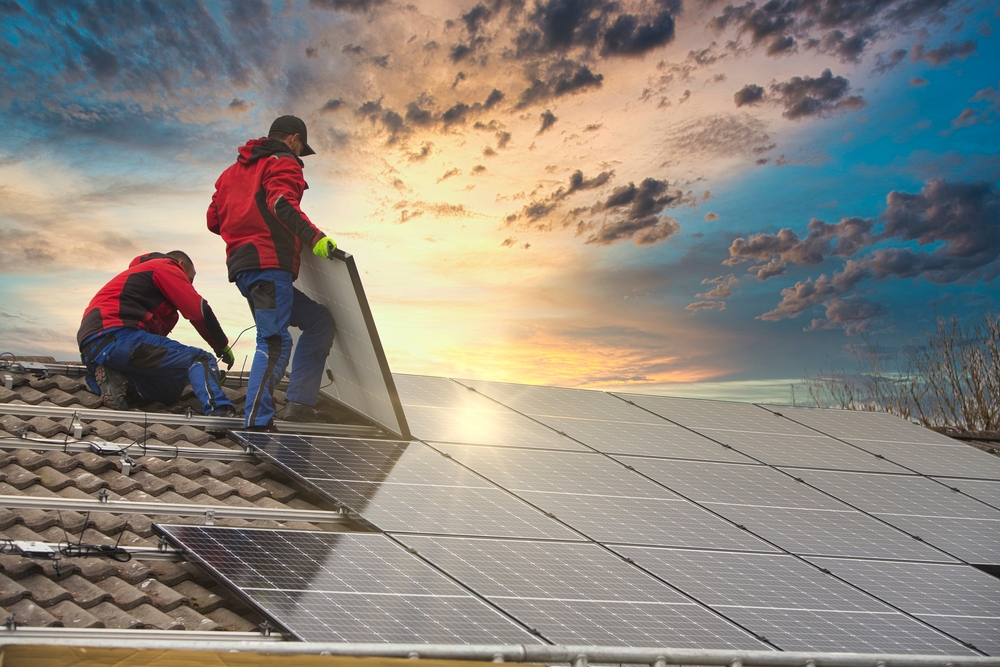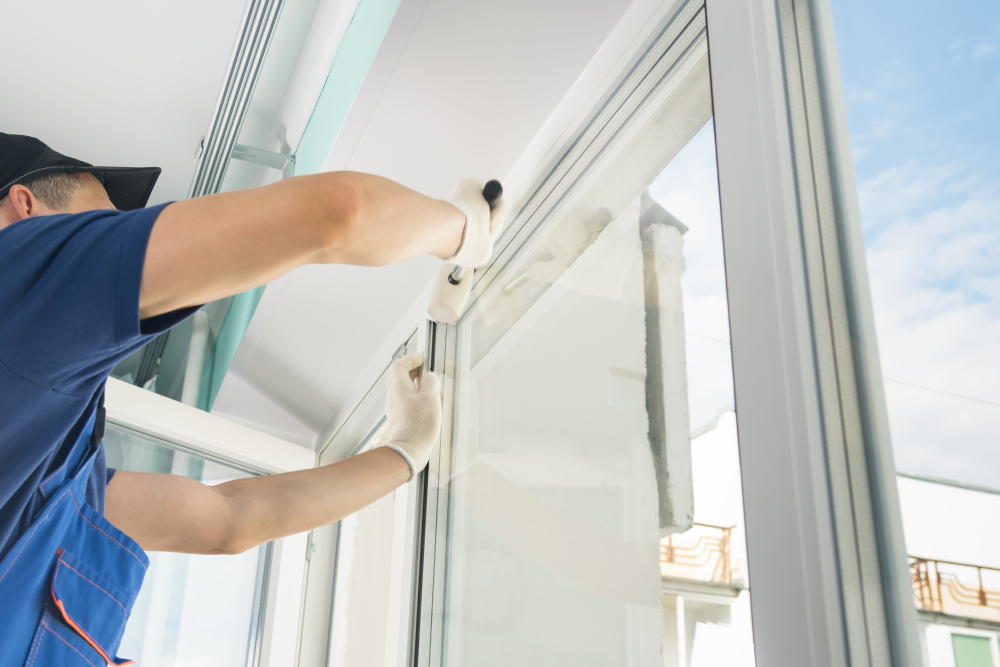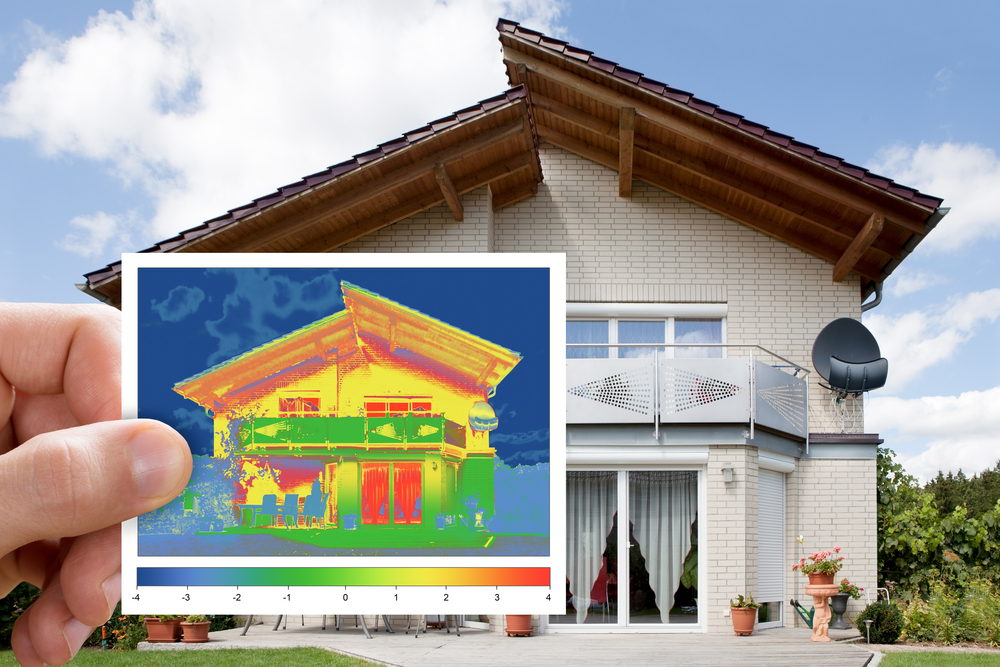How Solar Power is Revolutionising Rural and Remote Areas in Australia
The rural energy challenge in Australia refers to the difficulties faced in providing reliable and sustainable energy to remote areas. These challenges arise from factors such as limited infrastructure, geographical isolation, and the unique energy needs of rural communities.
Solar power plays a crucial role in addressing the rural energy challenge by offering a sustainable and decentralised energy source. Harnessing sunlight through solar technology provides an opportunity to overcome the limitations of traditional energy infrastructure in remote areas.
The Current Energy Landscape in Rural Australia
Existing Challenges
Rural Australia grapples with a multitude of challenges within its energy landscape. The primary issues include limited access to reliable power sources, outdated infrastructure, and the extensive distances between population centers. These challenges collectively contribute to significant energy disparities, posing obstacles to economic development, hindering access to essential services, and diminishing the overall quality of life in rural areas.
Dependency on Traditional Grids
The predominant reliance on traditional energy grids exacerbates the difficulties faced by rural communities. The logistical challenges and economic burdens associated with extending centralized power grids to remote locations are considerable. Moreover, the dependence on a centralized system renders these areas more vulnerable to power outages, transmission losses, and disruptions in the energy supply chain. This dependency underscores the need for alternative, decentralized solutions that can effectively meet the energy demands of rural Australia.
Environmental Impact
An examination of the environmental impact stemming from current energy practices emphasizes the pressing need to transition towards sustainable alternatives. Conventional energy sources, such as coal and gas, contribute significantly to air and water pollution, deforestation, and the emission of greenhouse gases. The adoption of solar power in rural Australia signifies a concrete and impactful stride towards reducing the carbon footprint and advocating for cleaner, environmentally friendly energy solutions. This shift not only addresses the immediate energy needs but also aligns with a broader commitment to ecological conservation and sustainable resource management.
The Rise of Solar Power
Overview of Solar Technology
The ascent of solar power marks a paradigm shift in the energy landscape, particularly in addressing the unique challenges faced by remote areas. At its core, solar technology involves the utilisation of photovoltaic cells or solar panels to capture and convert sunlight into electricity. This clean and renewable energy source has undergone remarkable advancements, enhancing its efficiency, durability, and adaptability. From traditional solar panels to innovative solar technologies, the evolution of solar power continues to make it an increasingly viable and sustainable option for meeting the diverse energy needs of remote communities.
Government Initiatives Supporting Solar
Governments worldwide recognise the pivotal role of solar power in achieving sustainable energy goals. In Australia, various government initiatives have been implemented to encourage and support the integration of solar energy into the national energy mix. These initiatives encompass financial incentives, tax credits, and regulatory frameworks designed to facilitate and expedite the development of solar infrastructure. Government support not only addresses financial barriers but also signals a commitment to a greener and more sustainable energy future.
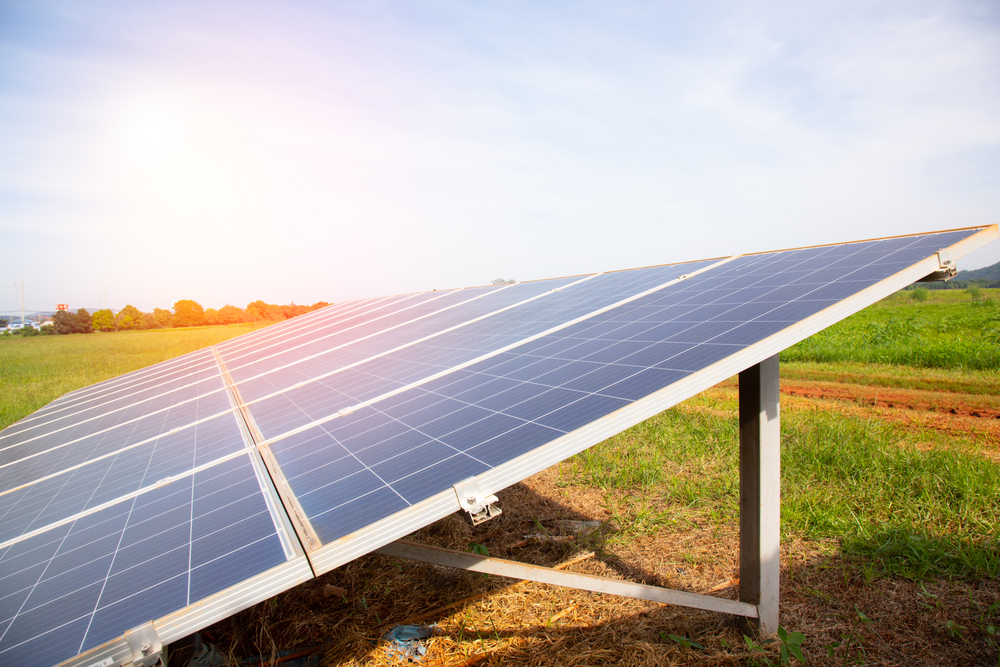
Advantages of Solar Power in Remote Areas
Economic Benefits
- Job Creation: The deployment of solar power projects in remote areas creates a ripple effect of job opportunities, ranging from installation and maintenance to manufacturing and support services.
- Cost Savings: Solar installations reduce the reliance on costly traditional energy sources, leading to long-term cost savings for both individuals and communities. The economic benefits extend beyond initial investments to encompass ongoing operational savings.
- Entrepreneurship Opportunities: The decentralisation of energy production empowers local entrepreneurship. Small-scale solar businesses, maintenance services, and community-driven energy projects become viable avenues for economic growth within remote areas.
Environmental Impact
- Reduced Greenhouse Gas Emissions: Solar power is a clean energy source that generates electricity without emitting harmful greenhouse gases. This attribute contributes significantly to the global effort to mitigate climate change and reduce the carbon footprint associated with energy production.
- Conservation of Natural Resources: By decreasing reliance on finite fossil fuels, solar power plays a vital role in preserving natural resources. This not only ensures the longevity of energy production but also mitigates the environmental impact associated with resource extraction and utilisation.
- Minimal Environmental Footprint: Solar installations, compared to traditional energy infrastructure, have a lower environmental footprint. The construction and operation of solar facilities entail fewer disruptions to ecosystems, promoting biodiversity conservation in remote areas.
Increased Energy Independence
- Decentralised Energy Production: Solar power provides communities in remote areas with the ability to generate their own electricity locally. This decentralisation reduces dependence on centralised grids, offering a more resilient and self-sustaining energy model.
- Resilience to Power Outages: Solar power systems, especially those equipped with energy storage solutions, enhance resilience by providing a consistent power supply even during grid outages. This reliability is crucial for maintaining essential services and ensuring the well-being of remote communities.
- Adaptability to Diverse Terrains: Solar solutions can be tailored to suit the specific challenges of various terrains, from deserts to coastal regions and mountainous areas. This adaptability ensures that communities in even the most challenging landscapes can benefit from solar energy, promoting inclusivity in sustainable energy practices.
Solar Solutions for Different Terrains
Desert Regions
In the vast expanse of desert regions, solar power proves to be an ideal solution due to the abundant sunlight available. Advanced solar technologies, coupled with dust-resistant features, are tailored to thrive in arid conditions. Large-scale solar farms in deserts have the potential to generate significant electricity, addressing the energy needs of both local communities and urban centers.
Coastal Villages
Coastal villages benefit from the dual advantage of solar and wind energy. Hybrid systems that integrate solar panels with wind turbines can maximize energy production, harnessing the consistent sunlight and coastal winds. Such solutions provide a reliable and sustainable power source for coastal communities while minimizing the environmental impact associated with traditional energy sources.
Mountainous Areas
Navigating the challenges of mountainous terrains requires innovative solar solutions. Elevated solar arrays, strategically placed on slopes or mountain ridges, can capture sunlight more efficiently. Additionally, small-scale, off-grid solar installations cater to the dispersed nature of mountain communities, ensuring that even the most remote areas can access clean and reliable energy.
Implementation Challenges and Solutions
Technological Barriers
Overcoming technological barriers is crucial for the successful implementation of solar solutions. Ongoing research and development efforts aim to enhance the efficiency and resilience of solar technology. Investing in cutting-edge innovations, such as improved energy storage systems and more durable photovoltaic materials, can mitigate technological challenges and ensure the long-term viability of solar projects.
Community Engagement
Effective community engagement is paramount to the success of solar initiatives. Educating local communities about the benefits of solar power, involving them in the planning and decision-making processes, and addressing any concerns they may have fosters a sense of ownership. Community-driven projects not only enhance acceptance but also empower residents to actively participate in the transition to sustainable energy.
Overcoming Funding Issues
Financial constraints often pose significant hurdles to solar projects. To address funding issues, a combination of government incentives, private investments, and innovative financing models can be employed. Governments can provide subsidies, tax credits, and grants to make solar technology more accessible. Collaborations with private sector entities can further bolster funding, while creative financing models, such as community solar programs, distribute costs among community members, making solar power financially viable for all.
Final thoughts
The rise of solar power offers a transformative solution to the complex challenges faced by rural and remote areas in Australia. As we navigate the diverse terrains of deserts, coastal villages, and mountainous regions, solar technology emerges as a versatile and sustainable energy source. Beyond its economic benefits, including job creation and cost savings, solar power significantly reduces the environmental impact associated with traditional energy sources.
Overcoming implementation challenges, such as technological barriers and funding issues, requires a collective effort, emphasizing community engagement and innovative solutions. If you’re contemplating the shift towards harnessing solar energy for a more sustainable and cost-efficient future, GCR Electrical Systems is here to guide you. Contact us, and let’s embark on a journey toward a cleaner and brighter tomorrow.
Please contact us today at (07) 4120 7004 or leave an enquiry.




